In such a scenario where the world is getting bombarded with uncertainties one of the most significant operational needs for businesses and financially dependent organizations today, these present times are odds-on to be prepared for all unforeseen circumstances.
That should come as no surprise, but what may be more surprising is that whether you are a small business owner or manager of projects or deals in any capacity from the C-suite to finance professional – there exist concrete strategies we can all implement to prevent poor outcomes for our teams and help them get through these challenging times.
This post is part of a comprehensive series on risk management strategy and development, the imperatives for developing soundness in evaluating new actions to reduce risks. Learn how to gain the benefits of these strategies and prepare a more comprehensive risk management plan with Fifteen real-world, practical & proven Risk Management Strategies that can save your business.
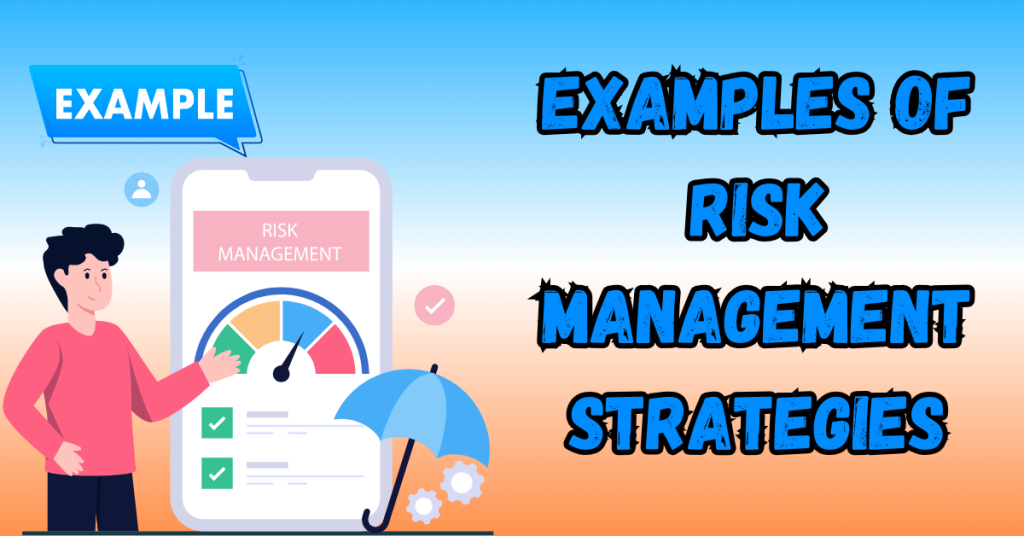
Examples of Risk Management Strategies
A risk management strategy is a method that organizations use to manage and minimize the greatest threats to business operations. The objective of these strategies is to mitigate the detrimental impact of risk while capturing opportunities. The establishment of solid risk management practices can help your companies to be prepared in advance if any unforeseen event happens and secure uninterrupted operations.
The idea is to look for possible risks (financial uncertainties, legal liabilities, technological problems, or natural disasters) After identification of all the risks, they are further assessed for risk and likelihood that can affect it through some strategies to control them. This type of proactive strategy keeps your business ahead of potential hurdles and available opportunities that match what you are building.
Embedding risk management within your overall business strategy isn’t just about protection from the downsides but also making sure it is there to support and drive sustainable growth and success.
Demand for Risk Management Strategies
The demand for risk management has increased significantly in the past decade as business operations have become more complex and dynamic. Faster technology evolution, global economic changes, new regulations, and changing customer behaviors have created the need for more robust risk management strategies. 93% of companies believe they manage their supply chain risks effectively -they are wrong!
Especially small business owners and entrepreneurs are increasingly beginning to understand the importance of risk management when dealing with market incertitude. Those alleged strategies have also been used by project managers, who to he! of Mr Balisage’s financial solidity. Strong risk management enables businesses to internally develop resilience, maintain stakeholder confidence, and even improve competitive advantage.
This increasing need highlights the importance of risk management in different industries, reinforcing its place for maintaining a safe and resilient business environment.
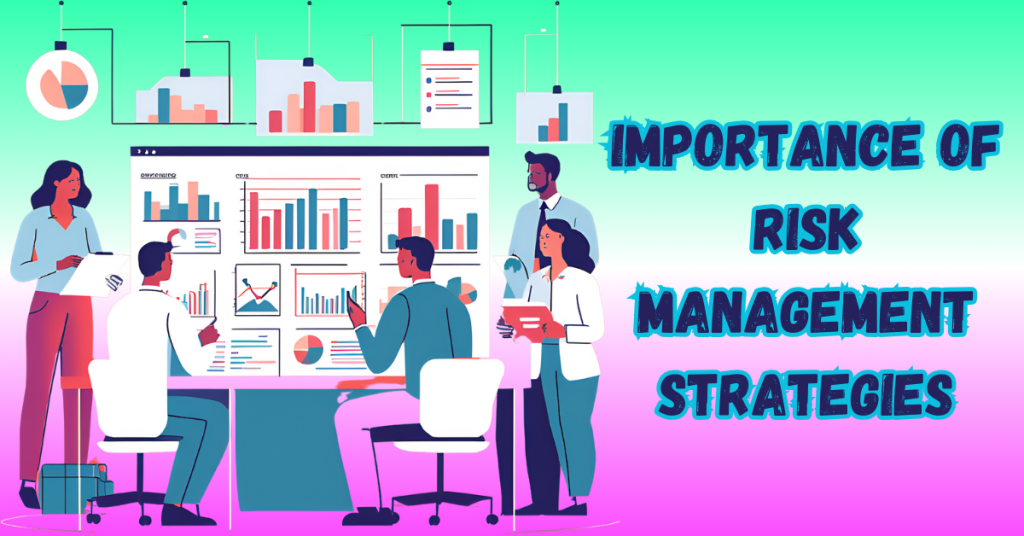
Importance Of Risk Management Strategies
Effective Risk Management Strategies Are a Must for Several Reasons Firstly, up-to-date helps in identifying threats as early as possible so that actions can be taken to reduce the risks. Proactively doing this so that things run smoothly and avoid chaos.
Second, risk management improves decision-making by offering a structured way of thinking through threats and opportunities. It gives business leaders the right information to consider, allocates resources prudently, and focuses on initiatives that are consistent with their risk tolerance.
In addition, strong risk management policies help to ensure financial sustainability. Identification of financial risks helps an organization protect its assets, optimize cash flow, and hence hold up the intensity to endure over the long haul. This kind of money management is important for all startups and smaller businesses, but it can be even more crucial in the unpredictable world many small businesses find themselves trying to make their way through.
In a nutshell, risk management strategies are critical guardrails that prevent businesses from taking unnecessary risks and compromising overall health; optimize resource allocation based on potential threats, not just opportunities alone while setting the right context to facilitate strategic thinking.
Benefits of Applying Risk Management Techniques
The benefits of Bringing Risk Management into your Business Operations are manifold. Increased business resilienceOne of the key benefits is increased business resiliency. Rather, it allows businesses to put in place mitigation measures so that they can weather any storm and sustain performance even during difficult times.
It also encourages an organizational culture of being prepared and willing to change. Employees are better able to identify potential threats, allowing for a faster and more effective response. So when a company is more vigilant and prepared, it only leads to agility in an important responsive business setting.
Gained benefits include increased stakeholder confidence. Showing a dedication to avoiding risk helps provide investors, people, and vendors the assurance that your organization is ready for something unexpected. This kind of confidence is what ultimately cements partnerships, investment, and loyalty from customers.
Furthermore, risk management measures weight towards compliance as well. Recognizing, and securing against the risks that lead to noncompliance will enable businesses to protect themselves from potential legal consequences in addition to paying tremendous fines which can debilitate a corporation vehicle along with their repute.
Building A Solid Risk Management Plan
For effective risk mitigation, it is important to have a well-detailed risk management plan. The development of this plan consists of the following essential steps,
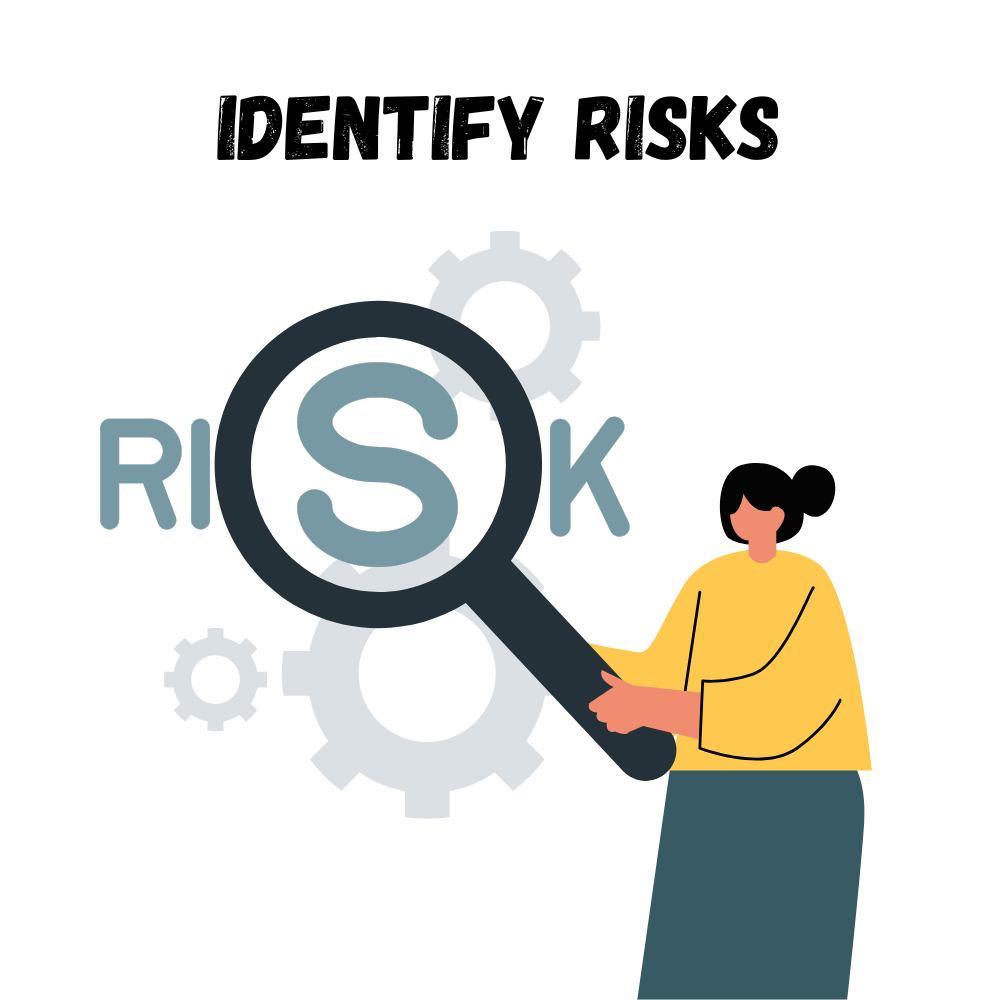
1. Identify Risks
Identify potential risks: Think of the highest risk that can affect your business. This will include conducting a comprehensive risk analysis and identifying both internal and external threats Should you do this, always keep in mind additional facets such as; market volatility, functional inefficiencies, insurance coverage, and legal responsibility protection along with cybersecurity hazards.
2. Assess Risks
Identify – you may need to classify the potential impact and likelihood of each risk (i.e., High, Medium, or Low). This assessment helps you determine which risks are the most severe and in turn, how to allocate resources.
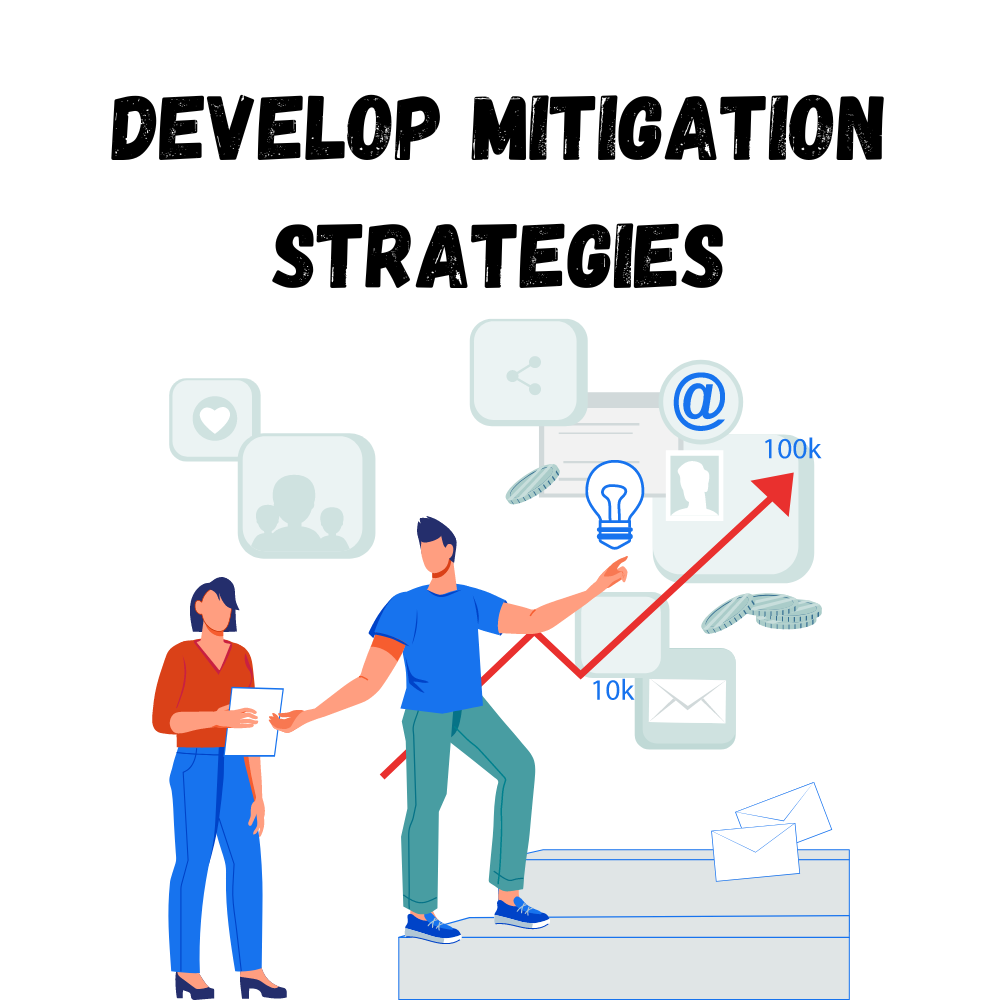
3. Develop Mitigation Strategies
Create mitigation strategies for this to lessen its impact, per the risk identified. These tactics can range from prevention controls, to risk management plans and the decoupling of operations.
4. Monitor and Review
Ensure to periodically track and evaluate the efficiency of your risk mitigation plans. This entails monitoring cate risk indicators, performing regular risk assessments, and adjusting our risk management plan accordingly.
Following these steps, we can create a solid risk management plan and also improve business capabilities to anticipate, respond, and recover from potential risks.
15 Best Risk Management Strategies
1. Diversification
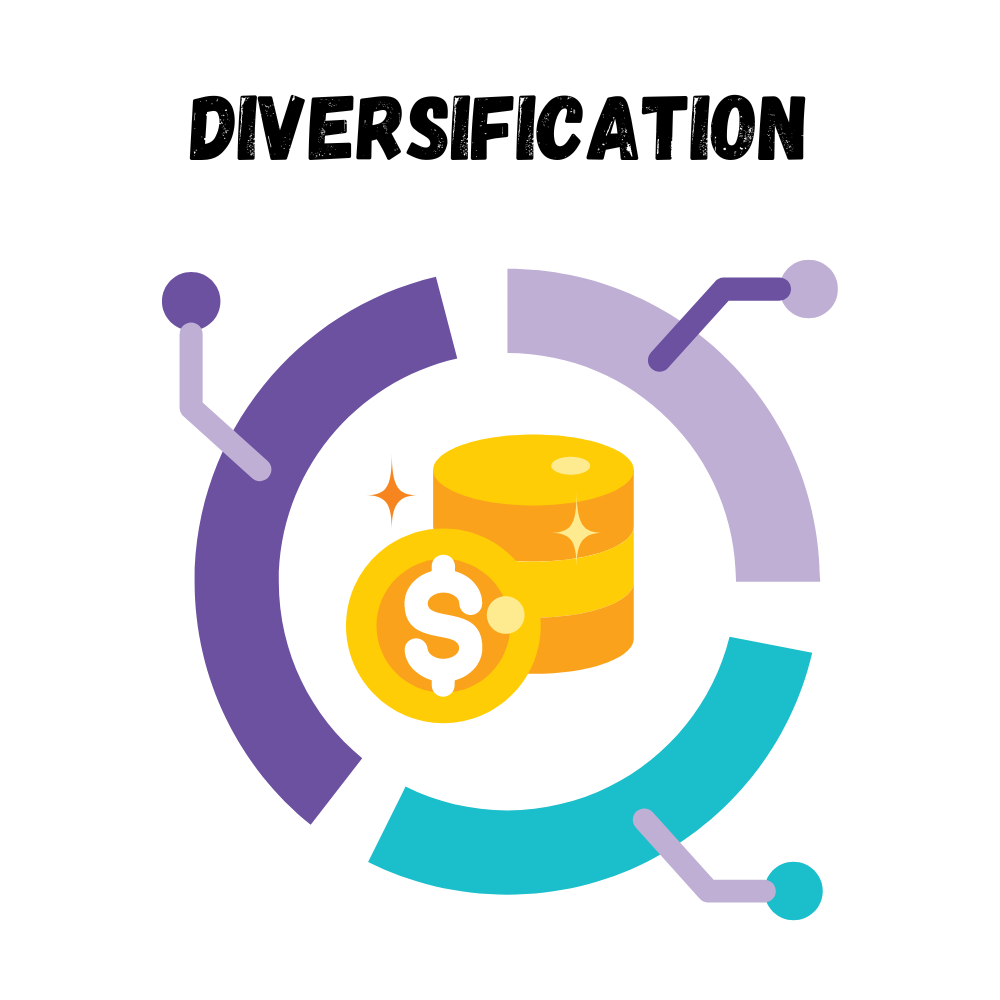
Creating multiple revenue streams through different types of products, supplies, and markets will prevent relying too heavily on one source ( or what they call “putting all eggs in one basket”) as it spreads risks to many areas that can help achieve company resiliency.
2. Insurance
Buying the right insurance will help you financially against perils that come in the form of natural calamities, accidents, and legal liabilities.
3. Contingency Planning
The development of contingency plans for key business functions is essential to preclude these disruptions from interrupting operations. This extends to backup plans for supply chain interruptions, data being hacked, or equipment failing.
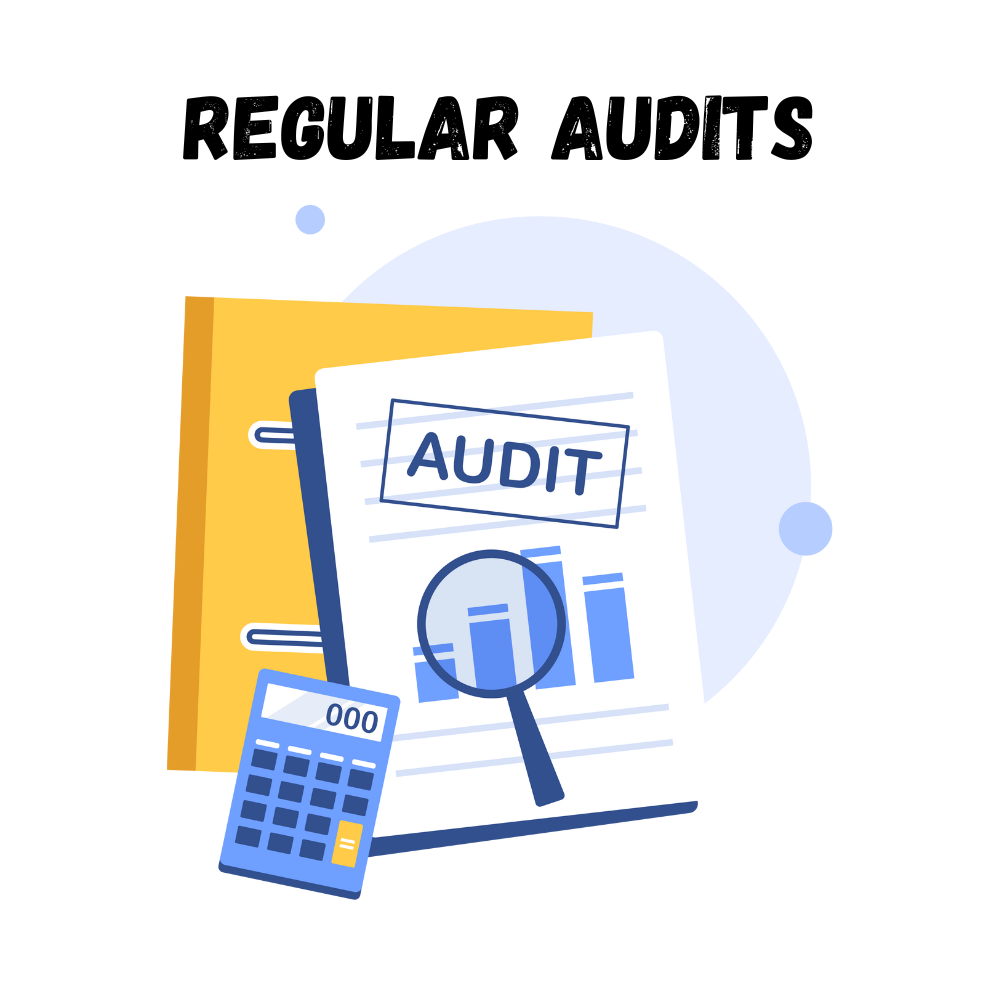
4. Regular Audits
Regular audits of financial statements, operational protocols, and compliance practices help considerably with both proactively identifying risk exposures as well as opportunities for making improvements.
5. Cybersecurity Measures
Cybersecurity solutions including firewalls, encryption, and staff education can protect everything from fraudsters to data breaches.
6. Training and Education
Education on risk awareness and management provides employees with tools to recognize, assess, and mitigate potential risks.
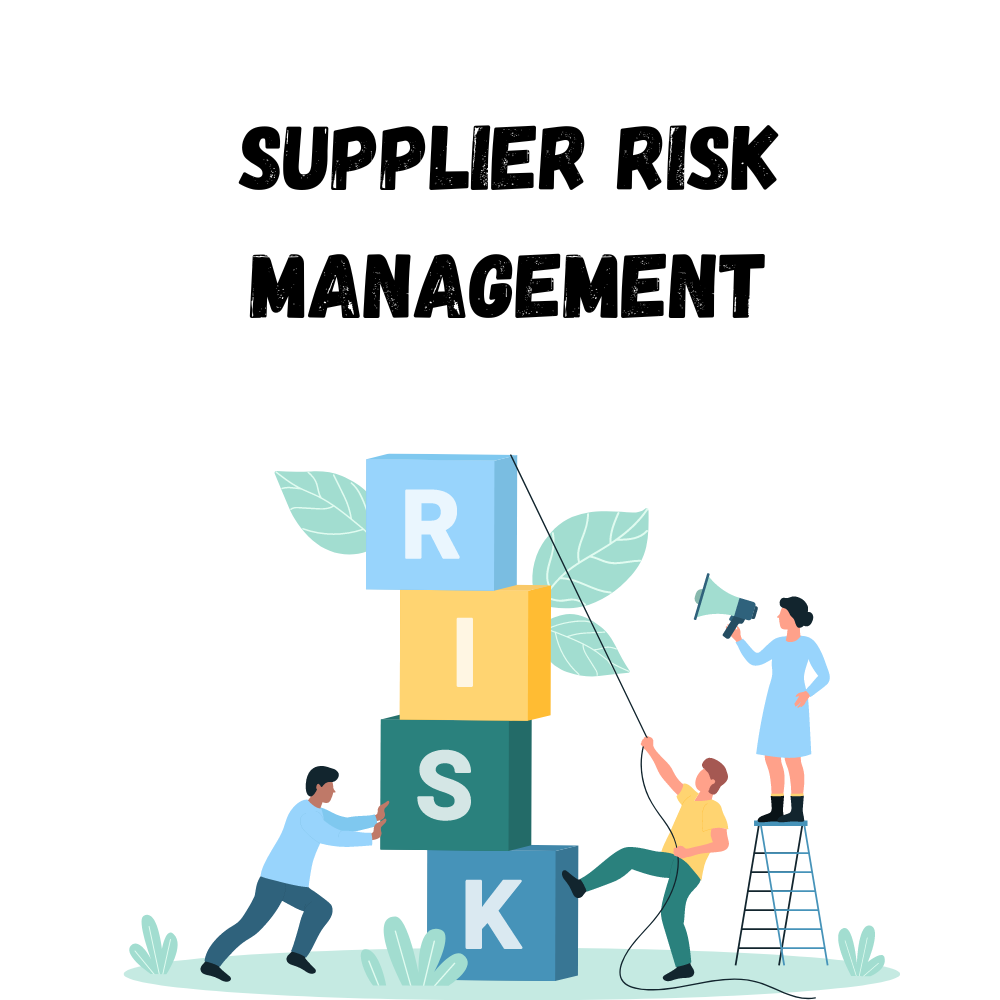
7. Supplier Risk Management
Building good relationships with suppliers and vetting for their ability to deliver as well as financially sound mitigates supply chain risks.
8. Financial Hedging
The use of financial instruments like futures contracts and options will be able to hedge against the volatility in market prices while protecting from undesirable price adjustments.
9. Scenario Analysis
Scenario analysis is a tool used to test the risks and effects that would occur in each case.
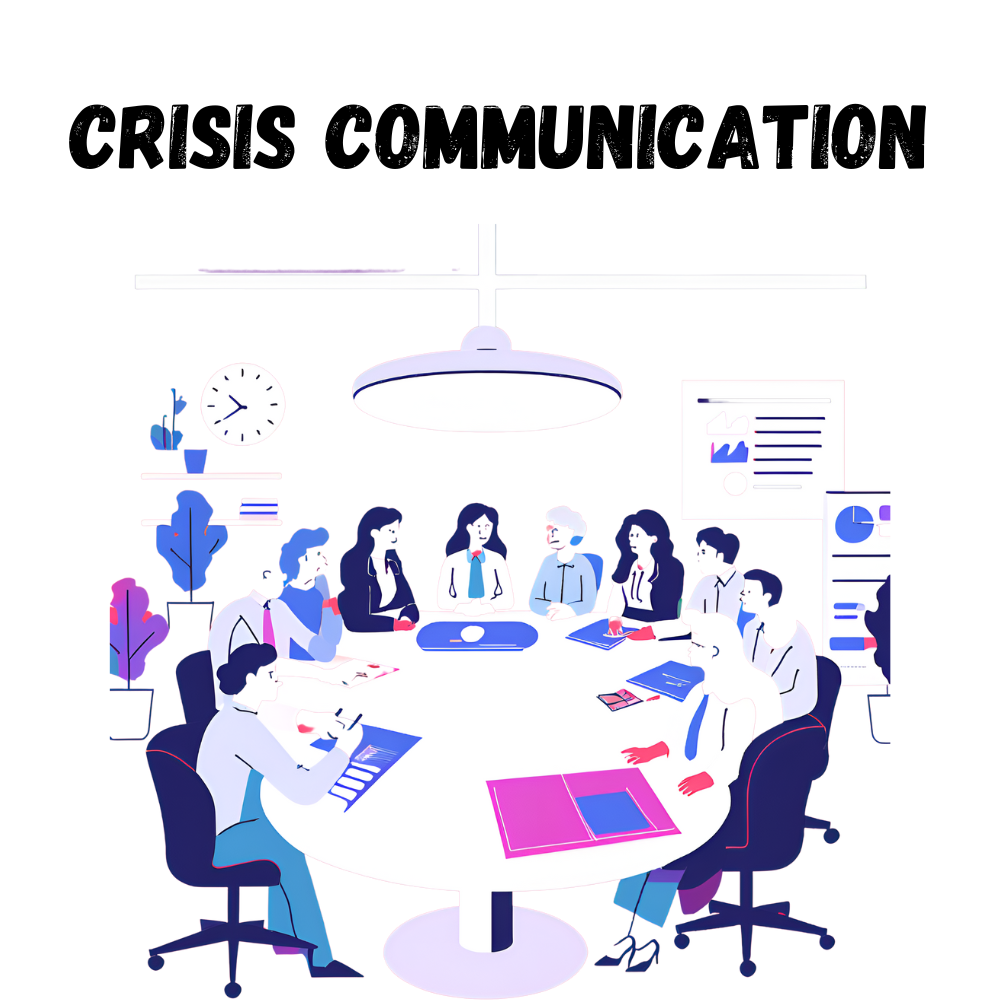
10. Crisis Communication
Effective communication with stakeholders during a crisis through the implementation of an efficient crisis communication plan helps in reducing damage to the reputation and maintaining trust.
11. Legal Compliance
Keeping abreast of regulations and ensuring that you adhere to applicable industry standards helps reduce legal risks as well as financial ones.
12. Risk Transfer
Risk mitigation through partnerships, outsourcing, or contractual agreements changes who bears some of the risk with third parties being included to reduce risks not directly owned by a company.

13. Strategic Planning
Using risk management in strategic planning to embed risks within corporate goals and decision-making
14. Business Continuity Planning
The lack of Business Continuity Planning can accelerate federal disasters. A solid business continuity plan identifies procedures for continuing operations during disruption and maintains nearly zero downtimes as well.
15. KRI – Key Risk Indicator Monitoring.
Key risk indicators (KRIs) may be implemented therefore as a measure for measuring whether an organization’s area unit is exposed to potential risks because of poor behavior. This can at least give timely visibility over foreign matters presenting immediate business harm.
Conclusion
These would be very critical Business Risk Management Strategies for businesses sweeping in any environment where companies aim to thrive.
A company that appreciates the importance of risk management and recognizes its increasing need, as well as adopts regal strategies to manage it successfully, can strengthen itself making it less vulnerable and prone to financial risks -in this way will be assured long-term success.
Small business owners, project managers, finance professionals, or entrepreneurs can significantly benefit from the above-mentioned risk management practices. You should then prepare an all-encompassing risk management plan after which the fifteen top risk management strategies you read are incorporated into this guide.
For additional insights and customized advice, get in touch with one of our experts who will work out a risk-solution fit for your business. Always think of it: proactive risk management is not a must, but rather a pro towards growth and success.

Is an Entrepreneur, Business Adviser. He loves to do research on the business and acquire knowledge on the business topic and this knowledge he used in his business. He also believes that sharing is caring that’s why he starts to write for those people who actually need help with the business, marketing, business strategy, skills, and creativity in business topic which is very important for them.


